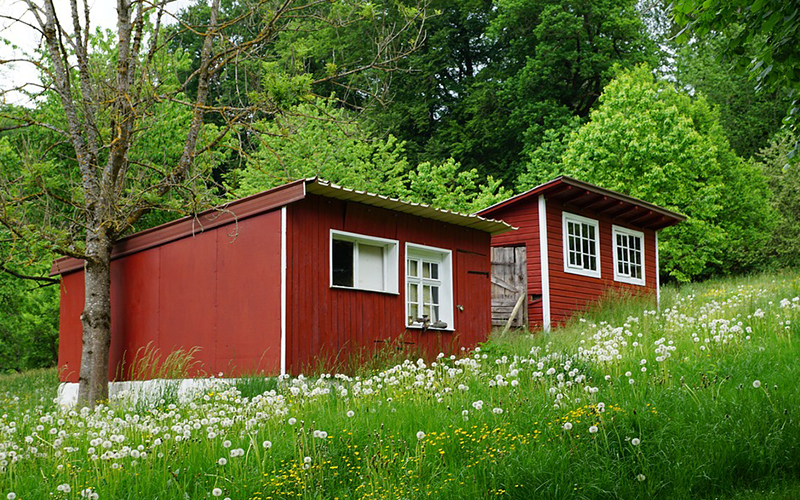
Decorating a retail space can be an intimidating process. With so many options to choose from, it’s difficult to know exactly what will make the biggest impact on your store and its customers. When you’re deciding what furniture is best for your store, one of the most important factors is how much traffic your business gets. If you’re looking to spruce up a low-traffic location, there are some key pieces any well-designed retail space should include:
A Bench:
Not only does a bench provide seating for customers who may want to take a load off while they check out your products, but studies show that benches encourage people to browse longer than they would without seating options available.
Shelves:
A study done at the University of Minnesota found that customers who were given a choice between sitting in front of or behind shelves responded more favorably to products placed on shelves and ended up buying those products with greater frequency than products placed behind them. Any retail location needs somewhere for customers to put their purchases while checking out, so shelves are an essential piece of furniture no matter how many people walk through your doors. If you’re open to renovation, consider adding some built-in features for added support and convenience.
Lighting:
While it may seem counterintuitive, locations with no natural light outperformed locations with sunlight by 30 percent! The reason locations with poor lighting did better than ones lit by natural sunlight is because consumers felt as if they had more privacy and weren’t as self-conscious about their purchases. Whether you use ceiling lights, lamps, or recessed lighting doesn’t matter as long as your customer feels as though he or she has entered a private space where they can shop
A Mirror:
Mirrors increase the perception of available space without taking up any actual space, making them a great option for low-traffic locations. Also, people like buying things more when they’re able to see themselves in them!
Final Note
It’s also important to remember that retail spaces should be designed to suit your business’s specific needs and goals – a florist would have very different decorating necessities than a clothing store! It all comes down to understanding what kind of traffic you get and designing a space that caters directly to those needs. What other things do you think every well-designed retail location should include?



